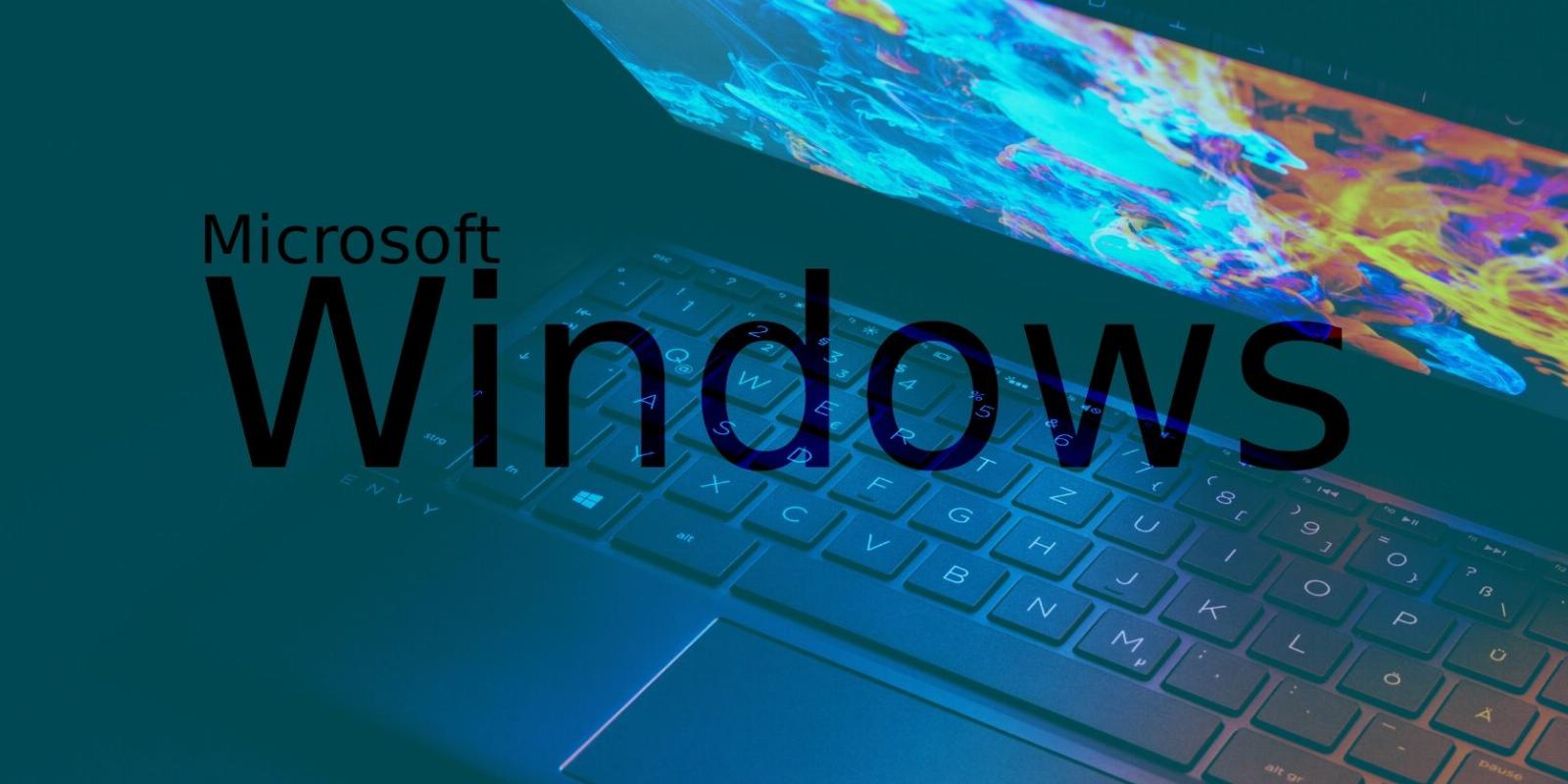
How to Switch Your Windows PC From a Microsoft Account to a Local Account
Reading Time: 3 minutesNo longer trust Microsoft to keep your personal data private? Here’s how you can change your login from a Microsoft account to a local one.
Using your computer with a Microsoft account is one of the best ways to enhance the Windows user experience. For example, it allows you to sync settings and preferences across Windows devices, download restricted apps from the Microsoft Store, and use One Drive for cloud storage on your PC.
Nevertheless, you can still enjoy your Windows machine without a Microsoft account. But doing so means you’ll lose a couple of benefits. So, when you sign out of your Microsoft account on your Windows PC, you will begin using a local user account. Here’s how to do that.
Should You Switch to a Local Account on Windows?
So, why might you want to sign out of your Microsoft account on Windows? A good reason to disconnect is if you no longer wish to sync settings between Windows devices. This can be a good idea if you find that your Windows 11 background keeps changing automatically.
You might also want to switch to a local user account if you no longer wish to share your personal information with Microsoft. Furthermore, since your computer has a local account, a hacker won’t be able to mess with your settings. For instance, if they hack your Microsoft account and change its password (or you simply forget it), you won’t be locked out of your Windows devices.
Just keep in mind that you also won’t be able to download certain apps on the Microsoft Store if you are not signed in to your Microsoft account. For example, you can’t download paid apps or any that require age verification. You will also be signed out of Microsoft services like OneDrive, Bing, and Skype.
However, you can always sign back into them individually.
How to Switch to a Local User Account on Windows
To sign in to a local account on your Windows computer, start by right-clicking Start and select Settings from the menu. From there, you’ll need to head to the Your info screen. How you get to this screen is slightly different on Windows 10 and 11.
On Windows 10, click on Accounts, and Your info will be the first option on the left side menu. It will be selected automatically, so you don’t need to click it again.
On Windows 11, you will have to click Accounts in the left side menu and then click the Your info option on the right side—the option will be under the Account settings heading.
Once you’re on the Your info screen, the steps for signing in to your local user account are the same, whether you’re using Windows 10 or 11. Just click on the Sign in with a local account instead link to get started.
Then, confirm that you want to go ahead and switch to a local account by clicking Next.
You’ll then be asked to enter a PIN code (the one you use to sign in to Windows) or Microsoft account password to proceed.
Next, type in a new username, password, and hint for your local user account and click Next. If you don’t know how to create a strong password, check out these tips on creating an unbreakable password.
Next, click Sign out and finish for Windows to create your local account.
Afterward, Windows will take you to the Lock Screen, where you can enter your new credentials and sign in to Windows again. Your Microsoft account will no longer be linked.
Now You Can Use a Local Account on Windows
When you no longer wish to use your Microsoft account on your Windows computer, removing it is easy. Not everyone needs to have their account linked to their PC. And the beauty of it all is that you can connect it again in the future and continue enjoying its benefits.
Reference: https://www.makeuseof.com/how-to-switch-windows-from-microsoft-account-to-local-account/
Ref: makeuseof
MediaDownloader.net -> Free Online Video Downloader, Download Any Video From YouTube, VK, Vimeo, Twitter, Twitch, Tumblr, Tiktok, Telegram, TED, Streamable, Soundcloud, Snapchat, Share, Rumble, Reddit, PuhuTV, Pinterest, Periscope, Ok.ru, MxTakatak, Mixcloud, Mashable, LinkedIn, Likee, Kwai, Izlesene, Instagram, Imgur, IMDB, Ifunny, Gaana, Flickr, Febspot, Facebook, ESPN, Douyin, Dailymotion, Buzzfeed, BluTV, Blogger, Bitchute, Bilibili, Bandcamp, Akıllı, 9GAG